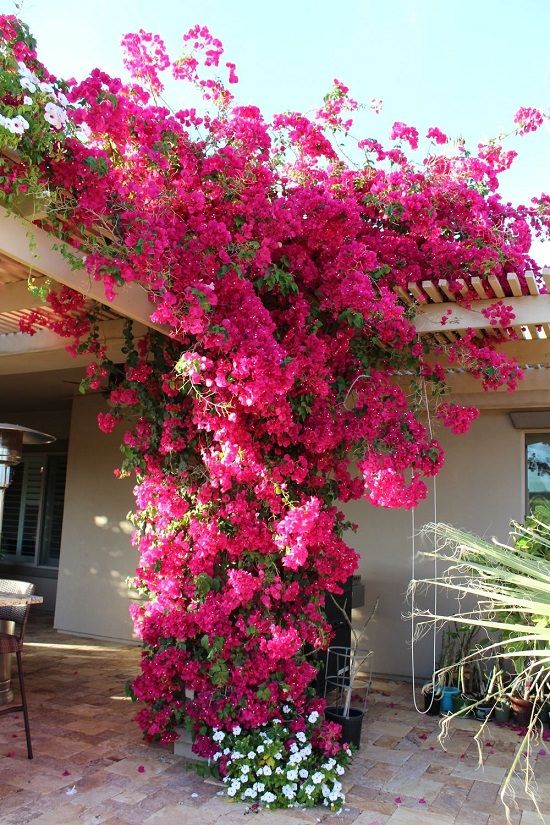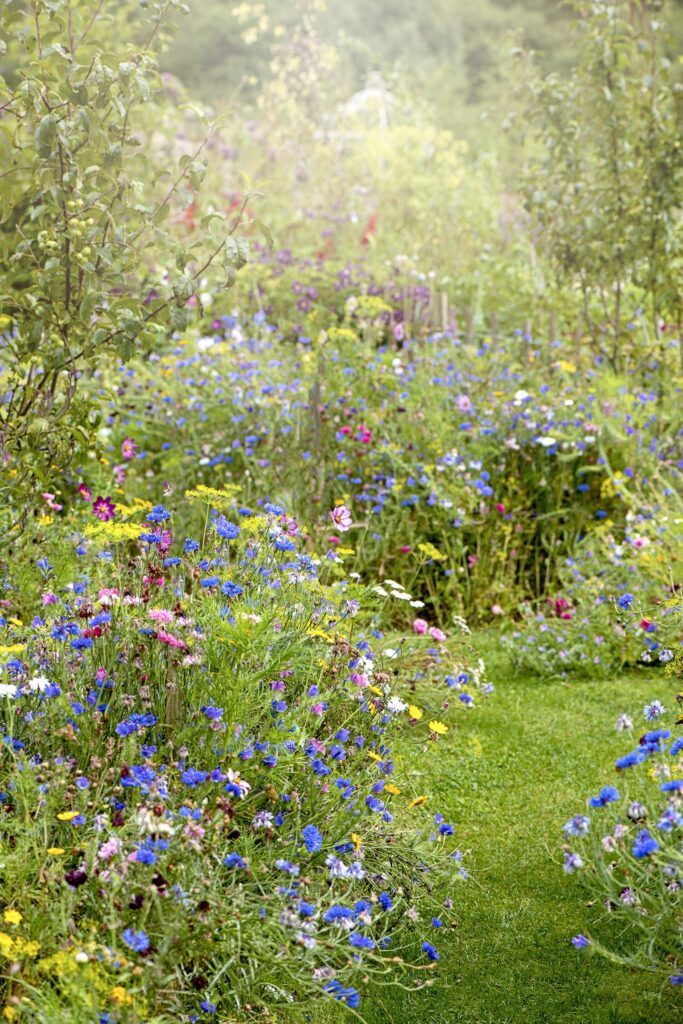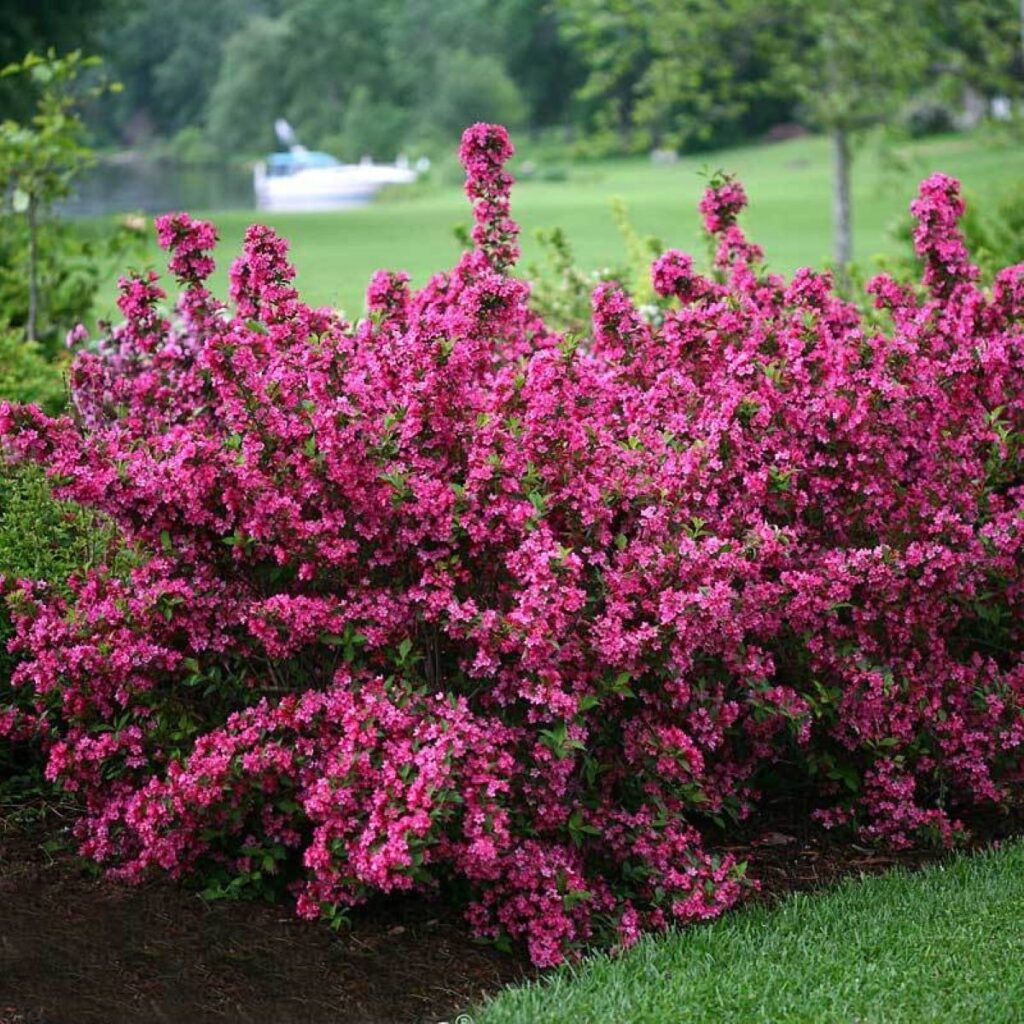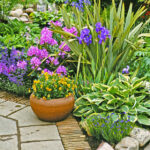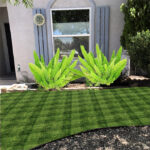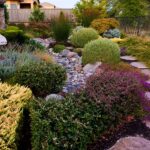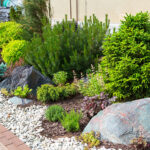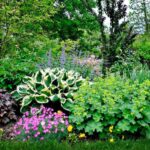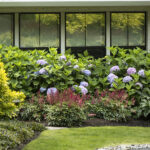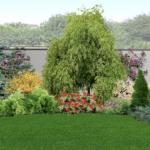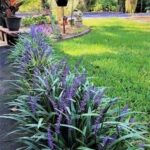Landscaping plants play a crucial role in enhancing the aesthetic appeal of outdoor spaces. When carefully selected and positioned, plants can add color, texture, and structure to a garden or lawn, creating a beautiful and inviting environment. There are several factors to consider when choosing landscaping plants, such as the climate, soil type, and sunlight exposure of the area.
One of the key considerations when selecting landscaping plants is their suitability for the local climate. Some plants thrive in hot and dry conditions, while others prefer cooler temperatures and higher humidity. It is important to choose plants that are well-suited to the climate of your region to ensure they will flourish and remain healthy. Consulting with a local nursery or landscaping professional can help you select the right plants for your area.
Another important factor to consider is the soil type of the area where the plants will be placed. Some plants prefer well-drained soil, while others thrive in moist or clay-like soil. Understanding the soil composition of your garden or lawn will help you choose plants that are well-suited to the conditions of the area. Adding organic matter or nutrients to the soil can also help improve its quality and provide a better environment for plants to grow.
Sunlight exposure is another important consideration when selecting landscaping plants. Some plants require full sun to thrive, while others prefer partial or full shade. Understanding the sunlight patterns of your garden or lawn will help you choose plants that will receive the appropriate amount of sunlight for their needs. Placing sun-loving plants in shady areas or vice versa can result in poor growth and potential damage to the plants.
In addition to climate, soil type, and sunlight exposure, it is also important to consider the maintenance requirements of landscaping plants. Some plants require regular watering, pruning, or fertilizing, while others are low-maintenance and require little care. Choosing plants that align with your maintenance preferences and schedule can help ensure the long-term health and beauty of your garden or lawn.
Finally, when selecting landscaping plants, consider the overall design and aesthetic of your outdoor space. Choose plants that complement the style and architecture of your home, as well as the existing landscaping features. Mixing a variety of plants with different colors, textures, and heights can create visual interest and add dimension to your garden or lawn. By carefully selecting and placing landscaping plants, you can create a beautiful and harmonious outdoor environment that will be enjoyed for years to come.
